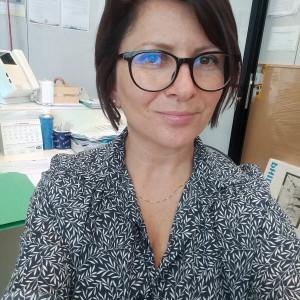Anatomie d'une chute / Anatomy of a fall is a film that does well in showing the emotions of the characters above all those of Sandra and her son Daniel; the trial is not interested in the truth but in how her thesis is "sold" so, in order not to be blamed for the death of her husband Samuel, she will have to focus her defense on her husband's suicide.
Justine Triet's direction is convincing in its showing the entire phase of the trial, the pressing of the accusation, is a film where there is no truth, this is not revealed and we actually try to reconstruct what happened through suppositions and theories.
The ball that falls from the end at the beginning of the film already anticipates the concept of the fall, after the event the individual shots on the stairs, on the shed to mark the place of the accident/murder are excellent.
In the film there is there is a lot of hand-held camerawork both to give realism but also to give the sense of tension that the characters feel.
The photography would also show warm tones with the browns, beiges of the wooden house but the presence of the snow, the perennial blues always give cold sensations, as the weather is freezing, the family does not live in a "simple" private life and obviously there will also be doubts for Daniel himself on how to act, on what to believe.
It will be Daniel , blind, to find his father's corpse while walking the dog, with a red leash that anticipates the bloody event.
Daniel's blindness represents not being able to see, really know the truth, Daniel's testimony based on his conviction, therefore subjective, will be decisive for the outcome of the trial, testimony declared while wearing a red sweater, the note of blood is often present together with the almost always cold tones of the film.
< 0>In the ending it is very interesting to note how Daniel will console his mother Sandra, it is the son who has the "dominant" position in the scene.Very beautiful.





